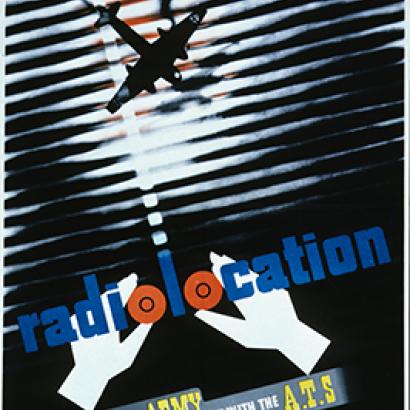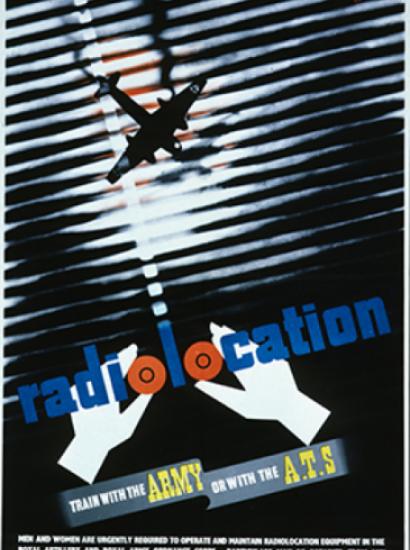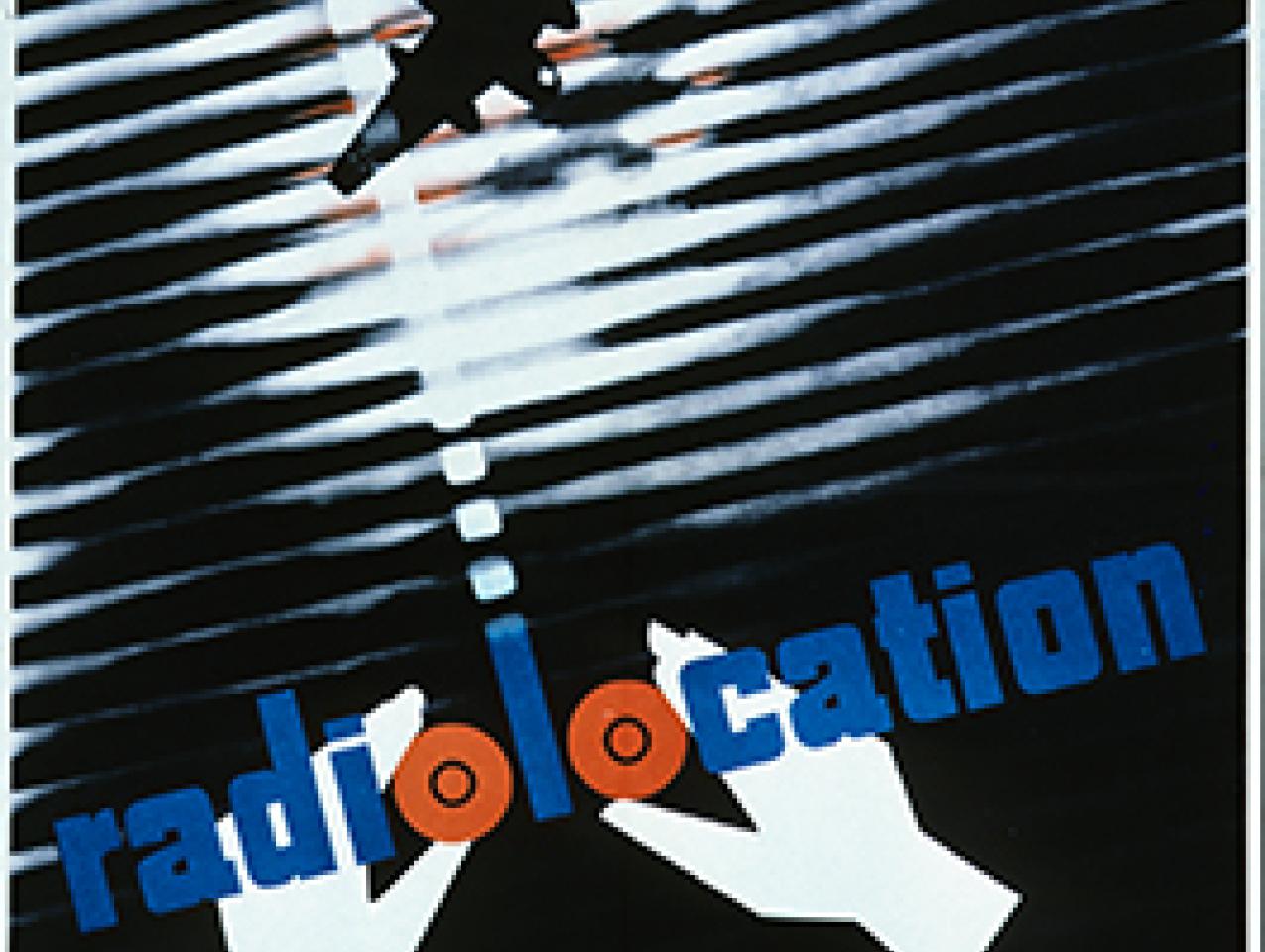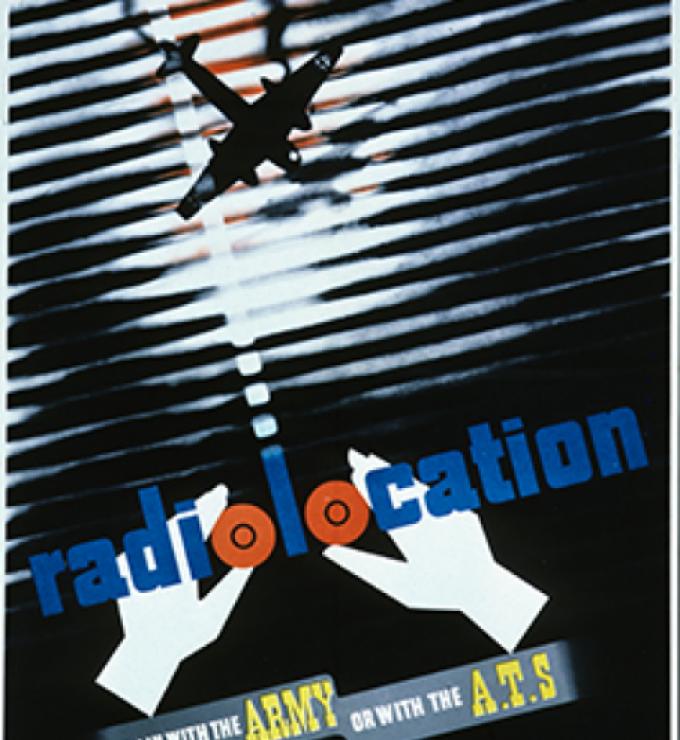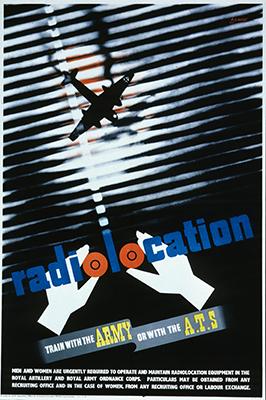- History
- Military
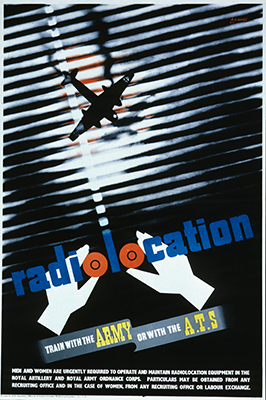
During a public speech last week, Army Chief of Staff General James C. McConville called for rapid transformation of the U.S. Army to deal with new domains of warfare, particularly the electronic, cyberspace, and space domains. The Army has been seeking to adapt to “multi-domain operations” for several years, but McConville and others are dissatisfied with the rate of progress. With the outbreak of war possible at any time, they argue, the transformation has to take place at breakneck pace.
Central to the Army’s transformation is the “Multi Domain Task Force”—a combat-ready unit equipped to fight in all domains simultaneously. The concept was initially fielded at the Rim of the Pacific exercise in 2018, and is being expanded to Europe. The task force possesses an array of assets that includes aviation, unmanned surveillance, air defense, electronic warfare, cyber, and space, as well as the traditional assets of land warfare.
This effort has been likened to the “AirLand Battle” transformation of the 1980s. But AirLand Battle did not involve new domains of warfare. A more apt comparison is the transformation of great power militaries following the advent of the air domain in the early twentieth century. During the period between the world wars, the great powers sought to build new organizations, integrate new technologies into existing organizations, and modify tactics and strategy to capitalize on the changes in capabilities. They conducted exercises and simulations to anticipate how their changed forces would perform on the battlefield, and how adversaries would respond.
When war came, much happened that no one had anticipated. But those who had been more diligent and insightful during prewar preparation generally fared better. The early successes of Nazi Germany in coordinating air operations with armored attacks confounded the air and ground forces of Poland, France, Britain, and the Soviet Union. German air attacks on Britain were considerably less successful, thanks to the superiority of British aircraft and the British use of radar to detect German planes. The Japanese used aircraft carriers to strike a devastating blow at Pearl Harbor, but then its carriers were crushed by American fleets that used superior carriers in combination with other surface ships and submarines at Midway, the Philippine Sea, and Leyte Gulf.
Today’s development of capabilities in the electronic, cyber, and space domains stands to learn much from the development of capabilities for the air domain. Obtaining the best technology is valuable, but it is only one part of the problem, and a relatively small part, as adversaries can quickly learn from their opponents’ technology and replicate or counteract it. Although combat in a new domain may at times be limited to that domain, as for instance in the aircraft duels in the Battle of Britain, military effectiveness generally requires the integration of capabilities in the new domains with capabilities in the traditional ones. The most spectacular successes of air power in World War II involved the use of air forces in concert with naval forces, land forces, or both.







